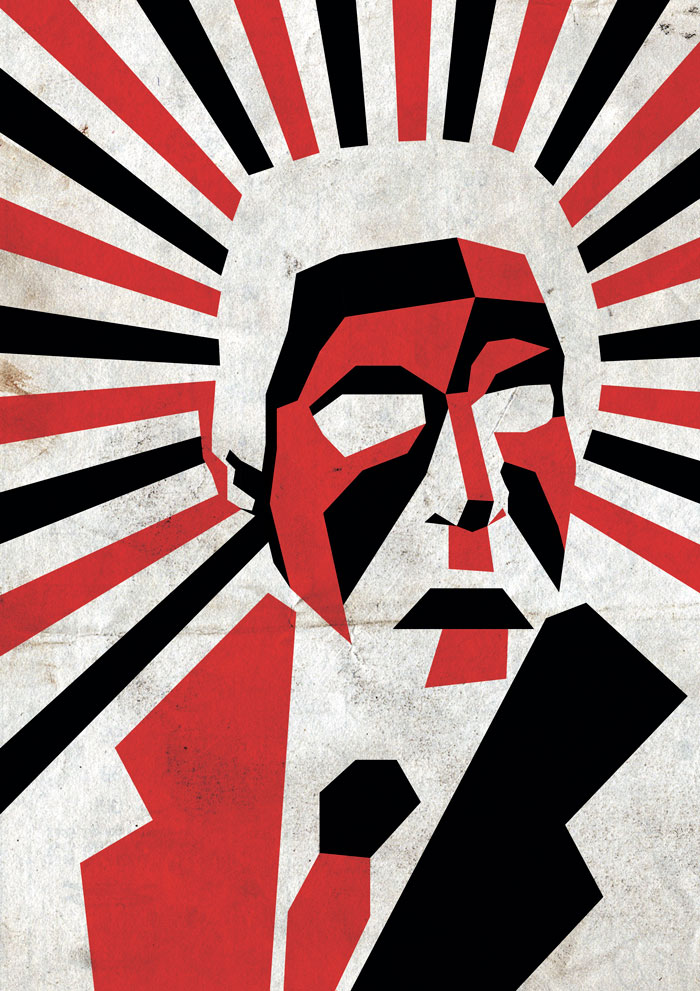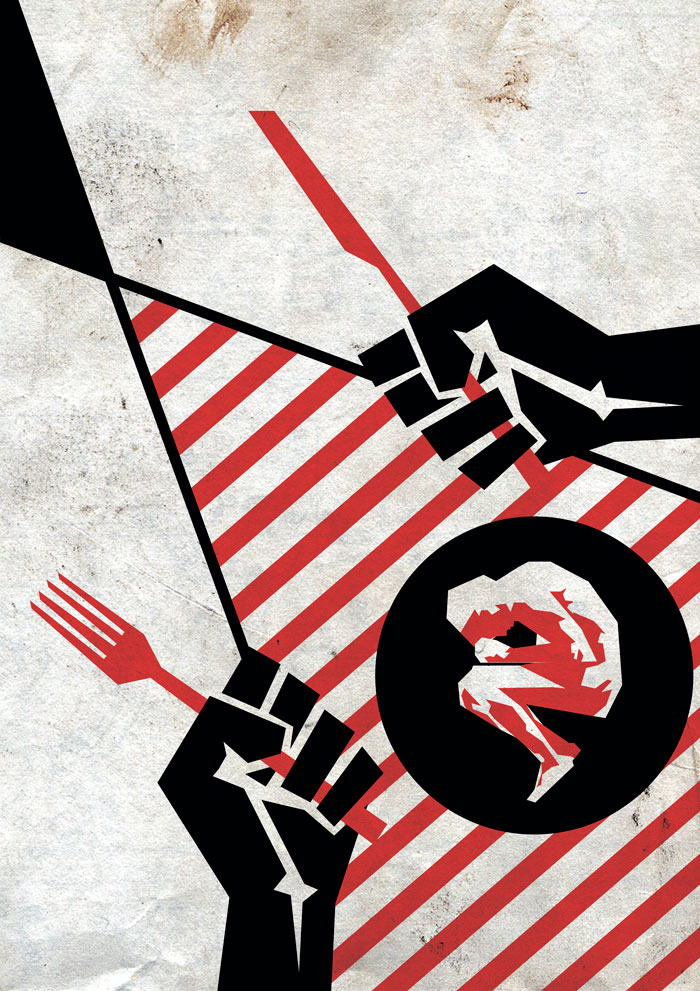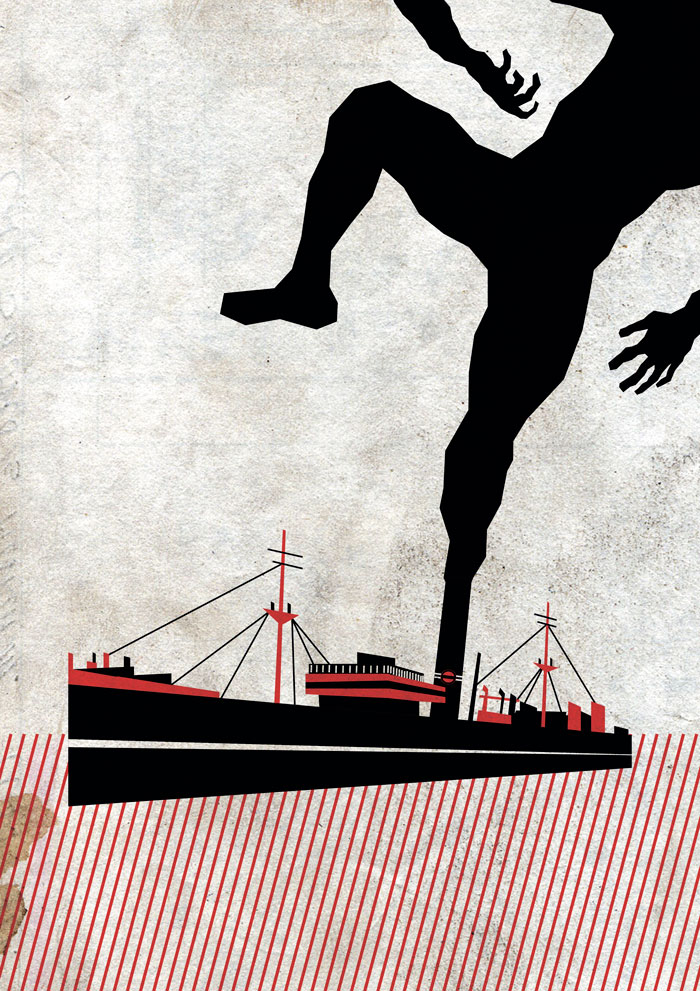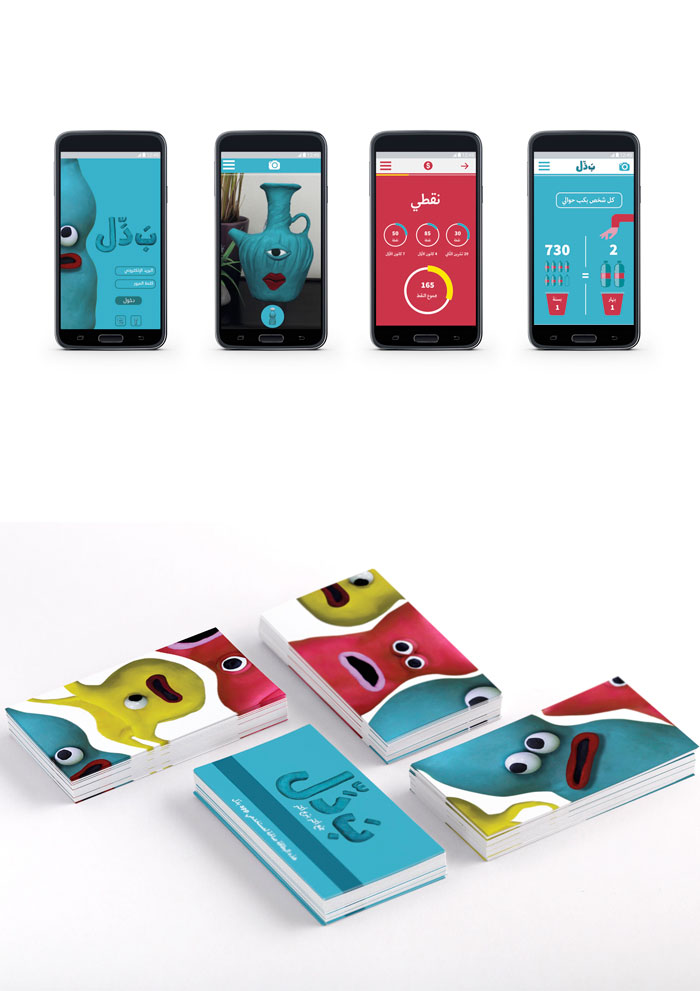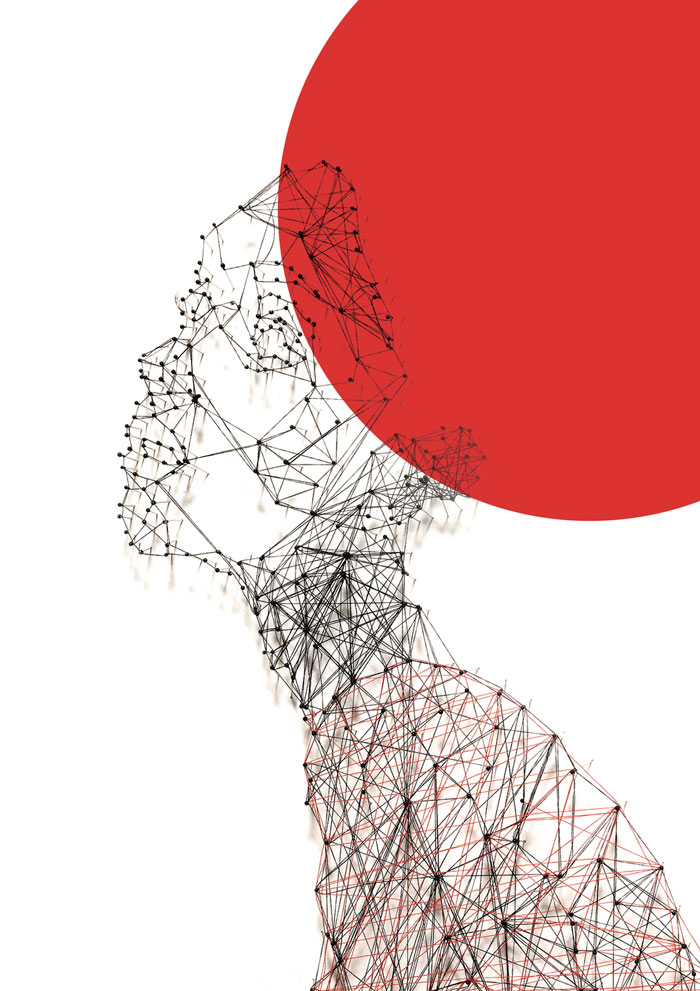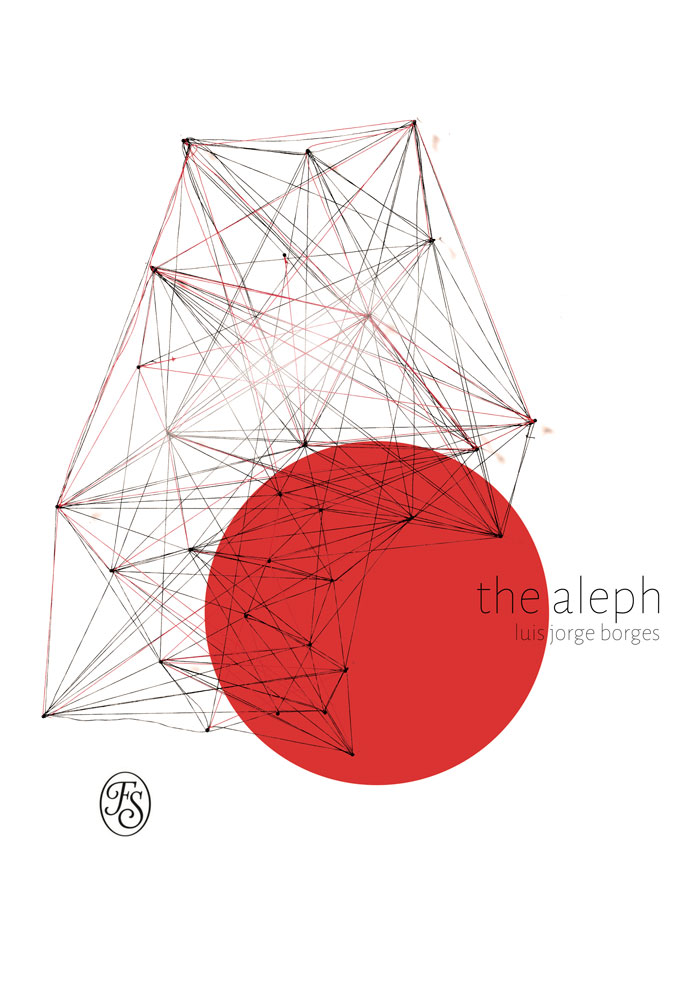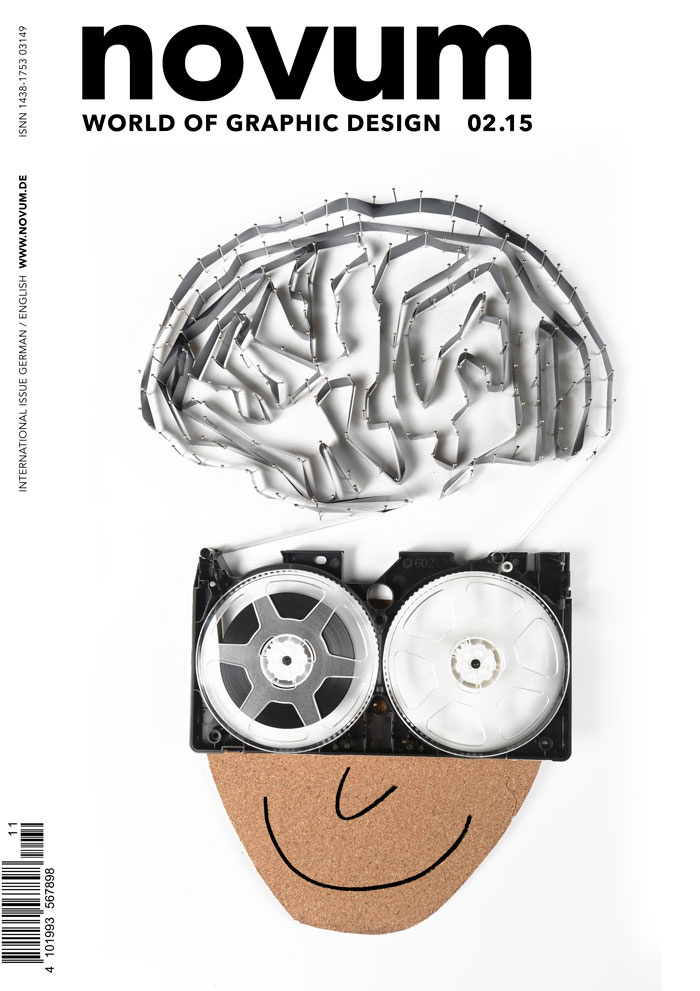The Future of Graphic Design
“You represent the future. You represent what we all hope for,” said Farid Chehab, honorary chairman and adviser of Leo Burnett S.A.’s operation in Beirut, addressing the students gathered - together with dozens of faculty and staff - for the opening of the annual Graphic Design Students’ Exhibition in the Sheikh Zayed Gallery of LAU ’s Safadi Fine Arts Building this past February.
Chehab depicted the world of design as one of “reinvention,” in which technological advances are transforming how designers think and create. “Even now,” he said, “new technologies are permitting us to create paintings that are themselves sensors… Very soon, even the ink itself will become a tool to connect to your mobile phone.”
The exhibition featured 21 capstone projects created by graduating seniors in the Department of Art and Design, works that brought to life Chehab’s depiction of a world in which new technologies are redefining manifold aspects of our existence. Waif Dabbous’s project DYS PLUS, for example, uses the latest innovations to tackle the issue of dyslexia in Lebanon. Based on his own sister’s battle with the condition, Wafic “would like to expose parents and teachers to the real struggles of a dyslexic child by putting them in his/her shoes.” DYS PLUS does so by combining traditional posters with a flipbook and virtual reality (Google Cardboard) that “will make my audience experience what a dyslexic has to contend with.”
Other projects echoed the theme of improving conditions around us through technology. For instance, Rona Fayad’s Baddel addresses Lebanon’s trash crisis by providing “an augmented reality application” that teaches Lebanese citizens how to reduce the amount of waste sent to landfills. Maya Itani, for her part, seeks to tackle the heavy traffic in Beirut by “digitizing the process” used by the city’s parking meters. The project, titled Parklik, incorporates a parking app and digital parking ticket with both traditional and cutting-edge promotional material (posters and animation).
The capstone projects’ social orientation and technological sophistication reflect both LAU ’s ethos of serving the wider community and its commitment to equipping students to meet our century’s challenges head on. But in the end, the students’ own dedication shines through. The achievements showcased by the exhibit are “the culmination of three and a half years of thinking, training, and developing new concepts… using typography, illustration, technical skills and thought-provoking ideas to produce innovative work,” says Yasmine Taan, associate professor and chair of LAU ’s Department of Art and Design. The stringent selection process reflects the department’s desire to raise the bar: “We want to have students graduating with the ability to compete with international industries,” she adds.
